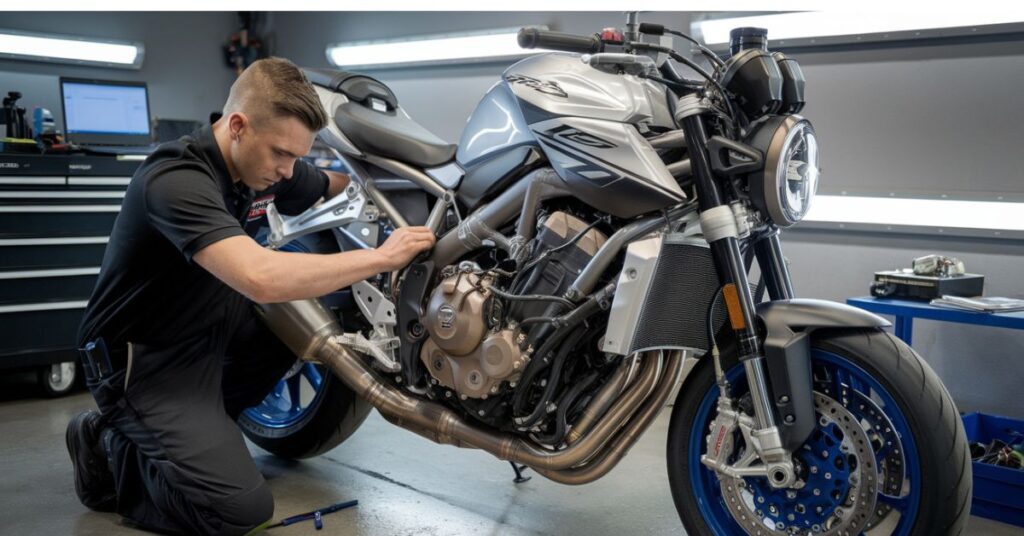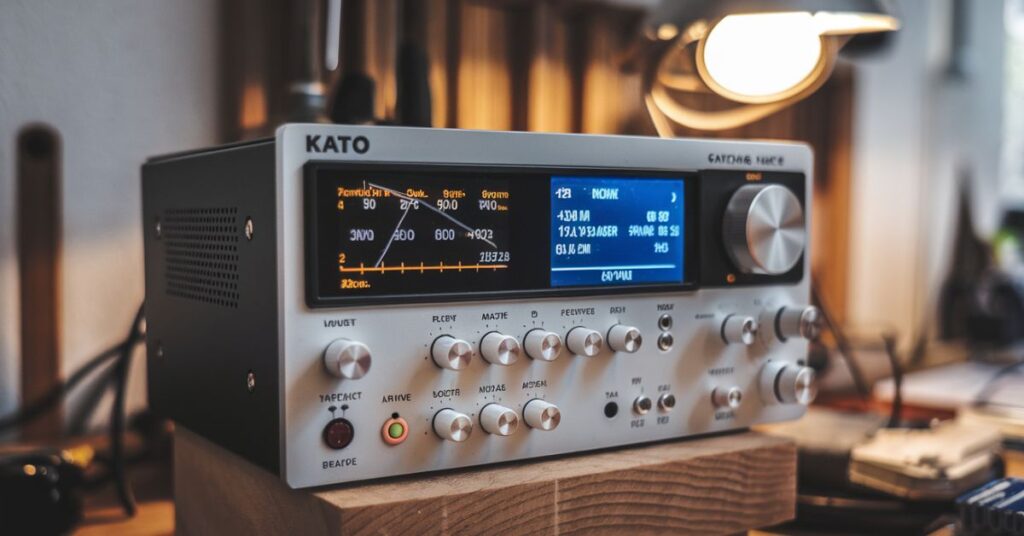Agree: If you ride a Kawasaki Z1000, you are aware of how important a tuned engine is to a responsive and comfortable ride. Rough idling, inconsistent power delivery, or decreased fuel efficiency can occur when the carburetors or throttle bodies are not in sync. By guaranteeing that every cylinder receives the same amount of air-fuel mixture, synchronization improves engine performance and prolongs engine life.
Promise: In this tutorial, we’ll go over Z1000 Synchro mbar synchronization (Synchro mbar), including why it’s important, how it operates, and how to use it to maintain your bike’s peak performance.
Preview: We’ll go over the fundamentals of synchronization, necessary equipment, a detailed procedure, troubleshooting advice, the advantages of appropriate tuning, and a special FAQ section to answer frequently asked questions about Z1000 Synchro mbar .
Understanding Synchronization in Z1000
What is Carburetor/Throttle Body Synchronization?
By maintaining a balanced vacuum pressure in the intake manifold, synchronization guarantees that every cylinder in your Z1000 receives a same amount of air-fuel combination. Reduced engine stress, enhanced throttle response, and smooth engine operation are all results of proper synchronization.
Role of Vacuum Pressure (Measured in mbar)
- The unit of pressure used to measure vacuum strength is mbar (millibar).
- To avoid unequal power delivery, the vacuum pressure values from each cylinder in the Z1000 should be comparable.
- Vibrations, inefficient fuel use, slow acceleration, and excessive engine wear can all result from large imbalances.
Effects of Poor Synchronization
- Uneven idling and poor throttle response.
- Fuel efficiency and power output were decreased.
- Increased engine component wear and tear that necessitates expensive maintenance.
- Increased emissions as a result of incorrect combustion.
Tools and Equipment for Synchronization
The following is required to synchronize the carburetors or throttle bodies on your Z1000:
- Digital synchronization tool or vacuum gauge (to measure pressure variations in mbar)
- Screwdrivers (for synchronization screw adjustments)
- Specs from the manufacturer (for reference on ideal pressure levels)
- Cleaner for carburetors (to get rid of deposits that can interfere with synchronization)
- RPM meter (to track variations in idle speed while making adjustments)
- Fuel stabilizer (for the purpose of avoiding deposits inside the throttle bodies)
Step-by-Step Synchronization Process
Preparing the Motorcycle
- Make sure the engine is warm by riding or idling for ten minutes or so.
- To make it more stable, place the bike on a central stand.
- To gain access to the carburetors or throttle bodies, remove any fairings that are required.
Connecting the Synchronization Tool
- Look for each throttle body’s vacuum ports.
- Connect the digital sync tool or vacuum gauges to the ports.
- Turn on the engine and check the mbar pressure readings.
Adjusting the Throttle Bodies/Carburetors
- Determine which balancing screws are located between the throttle bodies.
- One screw at a time, adjust until the vacuum measurements from each cylinder are equal.
- As you make modifications, maintain a steady engine RPM.
Checking and Fine-Tuning
- Make sure the readings stay balanced while you slightly rev the engine.
- Securely tighten every screw without affecting the settings.
- Reattach the vacuum hoses after removing the synchronization tool.
- To guarantee smooth power delivery and throttle response, test the ride.
Troubleshooting Common Issues
Uneven Idle or Rough Engine Performance
- Verify that every vacuum hose is tight and leak-free.
- Look for filthy throttle bodies, air leaks, or clogged jets.
High or Low mbar Readings and Their Meaning
- Above average: Potential vacuum leaks, damaged intake gaskets, or a throttle body that isn’t positioned correctly.
- Lower than usual: Air intake obstruction, fuel starvation, or weak engine compression.
How to Correct Imbalances
- Check your adjustments one more time.
- Examine the ignition timing, air filter, and fuel system if the problem continues.
Benefits of Proper Synchronization
Smoother Engine Operation
Smooth power delivery is ensured with balanced cylinders, which lessen engine strain and vibrations.
Improved Fuel Efficiency
In Z1000 Synchro mbar air-fuel mixture burns more efficiently with throttle bodies that are synced, which lowers emissions and fuel consumption.
Enhanced Performance and Longevity
Over time, regular synchronization lowers maintenance costs by extending the lifespan of critical components and minimizing engine wear.
Conclusion ( Z1000 Synchro mbar )
The Z1000’s throttle bodies must be properly synchronized in order to maintain a powerful, smooth, and effective engine. Performance, fuel efficiency, and overall engine wear can all be improved by making sure that every cylinder receives an equal amount of air-fuel combination. Synchronization should be checked as part of routine maintenance, ideally every 5,000–10,000 miles or anytime you observe problems with performance. By keeping your throttle bodies adjusted, you may increase engine longevity, make riding more pleasurable, and avoid future expensive mechanical issues.
FAQs
How often should I synchronize my Z1000’s throttle bodies?
Every 5,000 to 10,000 miles or if you observe rough idle or slow performance, you should check the synchronization.
Can I synchronize the throttle bodies without a vacuum gauge?
Although it is feasible to use conventional tuning techniques, the most accurate results are obtained with a vacuum gauge or digital sync tool.
What happens if I don’t synchronize my throttle bodies?
Over time, your engine may sustain damage from rough idling, poor throttle response, higher fuel consumption, and uneven power output.
Is synchronization necessary for fuel-injected Z1000 models?
True, Despite the absence of carburetors, fuel-injected vehicles still have throttle bodies that need to be synchronized for best results.
Can a DIY synchronization cause damage if done incorrectly?
True, Extreme or inaccurate modifications can result in overheating, poor fuel economy, or unpredictable engine behavior. Always do things the right way, or ask a mechanic if you’re not sure.



